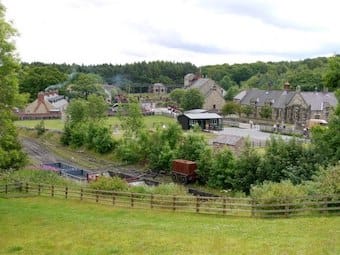In 1832, Michael Longridge of the Bedlington Iron Works wrote to fellow engineer George Buchanan and explained why he preferred wrought iron instead of the usual cast iron in railway tracks. It all began, he said, when he laid a railway to a local colliery for coal deliveries, and his researches showed that wrought iron was the better choice.
Seven years later, continued Longridge, the Stockton and Darlington Railway opened, and George Stephenson made the same choice that he had made. In Stephenson’s case it was especially remarkable, as he had investments in cast iron rails. Nevertheless, he had insisted on wrought iron for the new line, at considerable loss to himself but with great benefit to the public.
118 words



